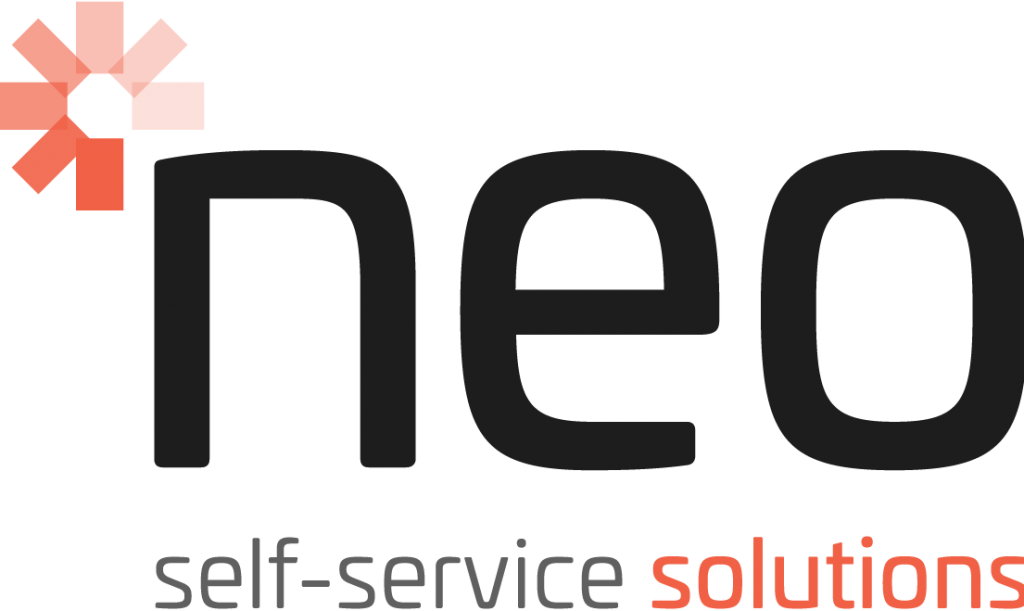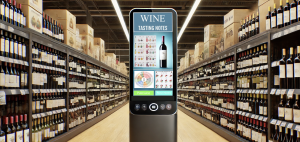By Anton Jovanovic (CEO) Neo Self Service Solutions
Abstract
The access control landscape is evolving rapidly, driven by the need for stronger compliance, enhanced security, and increased operational efficiency. As physical and digital infrastructures become more interconnected, organisations must adapt their access control strategies to keep pace with regulatory demands and emerging threats. This article explores key trends shaping access control systems today and how organisations can implement these solutions effectively.
1. Automation in Border Security: Transforming Traveller Processing
Automated border control kiosks, equipped with facial recognition and biometric capabilities, are streamlining the management of international travellers. These systems not only enhance security but also significantly reduce wait times, ensuring that compliance with immigration regulations is maintained without overburdening security personnel.
Industry Insight: With global travel increasing, automated border control solutions are expected to continue reducing manual intervention while offering robust, real-time security checks.
2. Biometrics in Hospitality: Evolving Patron Management
In gaming and hospitality, where identity verification is essential for compliance, biometric technologies are streamlining processes. Facial recognition enabled kiosks allow venues to verify age and identity, while also enhancing the guest experience by reducing wait times and improving service.
Key Trend: Biometrics in hospitality is expanding beyond access control, delivering improved personalisation, faster service, and operational efficiency.
3. Safety and Compliance in Corporate Offices and Workspaces
Managing employee access in corporate and industrial settings has always been critical for security and safety. However, as hybrid and flexible work models become more common, the demands on access control systems have shifted. Real-time access control is vital for managing emergencies, especially in large offices or factories. Knowing who is on-site during an evacuation improves both safety and regulatory compliance.
Industry Insight: The 2024 IFSEC-HID Report highlights the growing demand for access control systems that provide real-time data on site occupancy.
4. Mobile Access Control: Beyond Convenience
Mobile access control is a fast-growing trend, driven by the need for more convenient and flexible security solutions. Employees can now gain entry via smartphones, eliminating the need for physical access cards. Mobile access control not only improves convenience but also enhances security by allowing credentials to be updated or revoked in real-time. This flexibility reduces operational costs and provides better security management.
Industry Trend: According to the 2024 IFSEC-HID Report, mobile access control is becoming the primary method of entry in many industries.
5. The Expanding Role of Biometrics in Regulated Industries
Biometric authentication, including facial recognition and fingerprint scanning, is increasingly being adopted in industries where identity verification is critical. These technologies reduce human error, improve compliance, and streamline operations. Biometric technologies have become integral to sectors such as healthcare, hospitality, and retail. They offer precise, automated verification processes, reducing the need for manual intervention while improving security and operational efficiency.
Growth Insight: The biometric technology market is forecast to reach $86.1 billion by 2028, with increasing demand for touchless, secure access control systems.
6. Multi-Factor Authentication and AI: Future-Proofing Access Control
As physical access control systems integrate with digital infrastructures, organisations must adopt holistic security approaches that address both physical and cyber threats. Combining physical access control with cybersecurity measures, such as multi-factor authentication (MFA) and AI-driven analytics, creates a unified defence strategy against physical and digital threats.
Threat Insight: The 2024 Threat Hunting Report highlights the importance of biometric authentication paired with AI in combating complex security threats.
Conclusion: Navigating the Future of Access Control
As the complexity of both physical and digital threats grows, organisations must rethink their access control strategies. The future lies in systems that are secure, adaptable, and integrated, capable of meeting regulatory requirements while enhancing operational efficiency.
By embracing emerging trends such as biometrics, mobile access, and the convergence of physical and cybersecurity, organisations can protect their assets and ensure compliance in an increasingly complex world.
About NEO
NEO is a leader in access control innovation, providing advanced solutions for industries ranging from border security to corporate offices. Our systems leverage biometric technologies, mobile credentials, and AI-driven security measures to help organisations manage compliance, enhance operational efficiency, and secure their environments. With a focus on tomorrow’s challenges, NEO’s solutions are built to scale and adapt to the needs of dynamic, modern enterprises.



